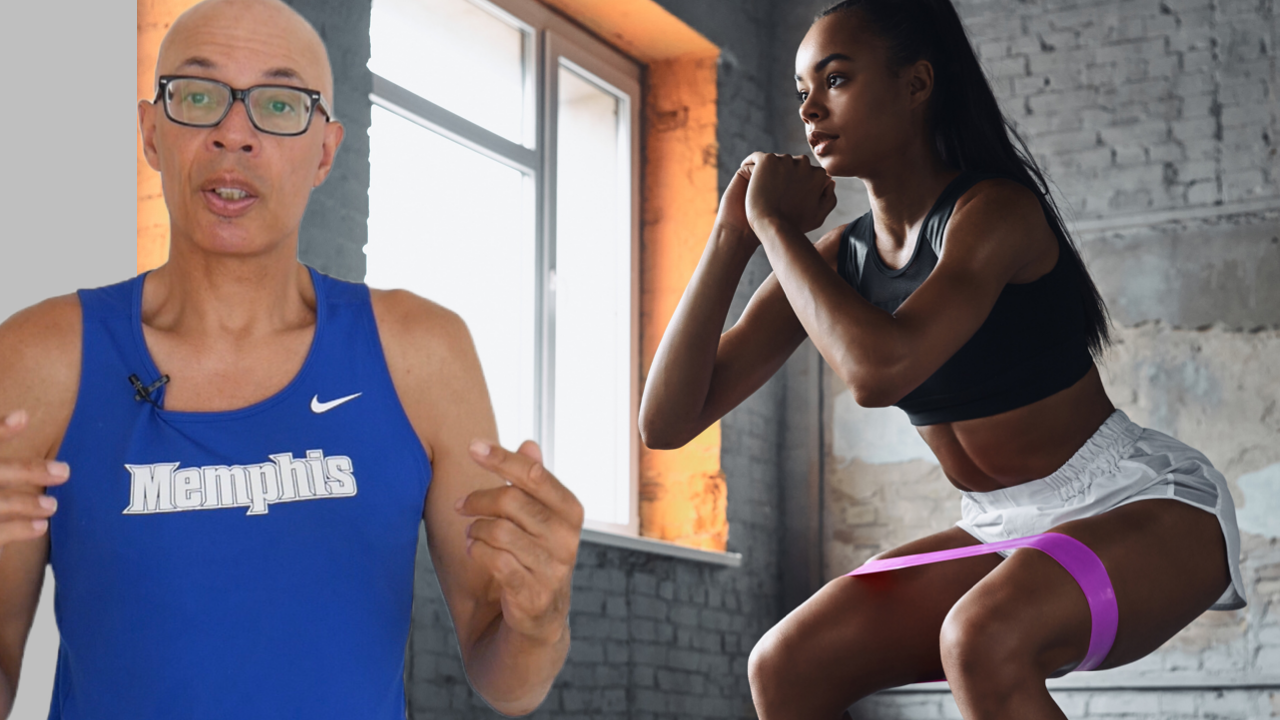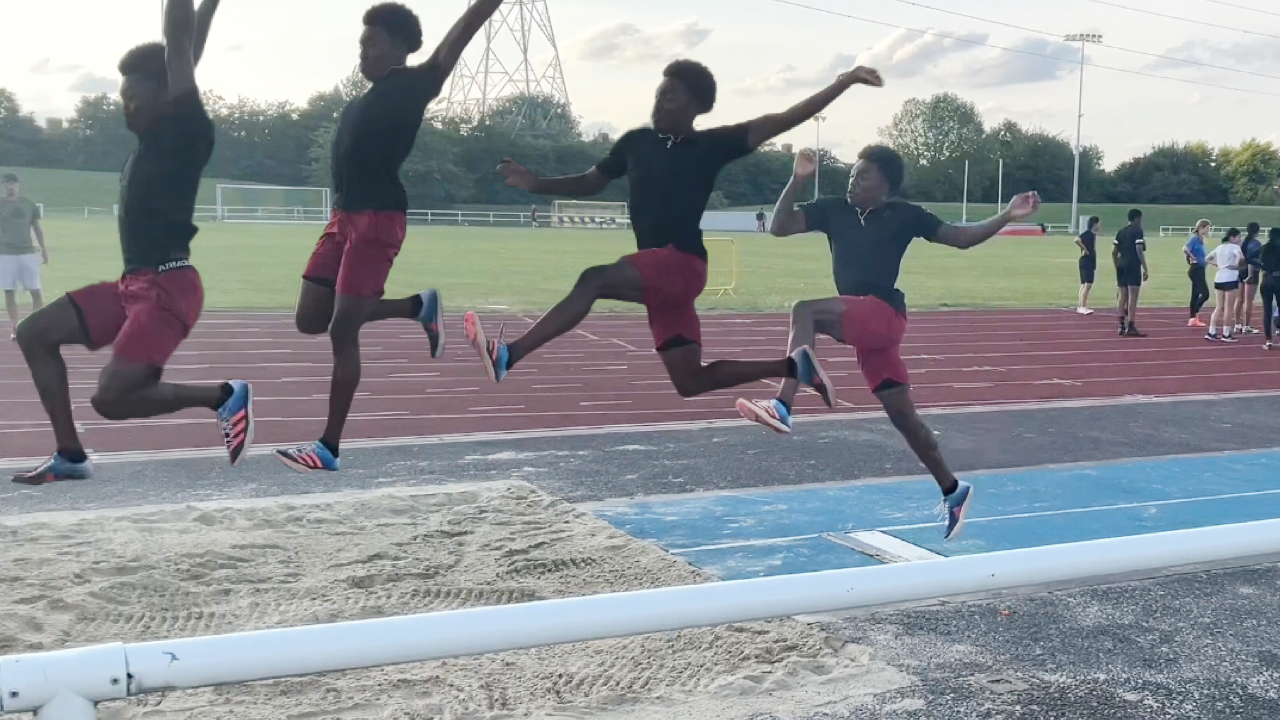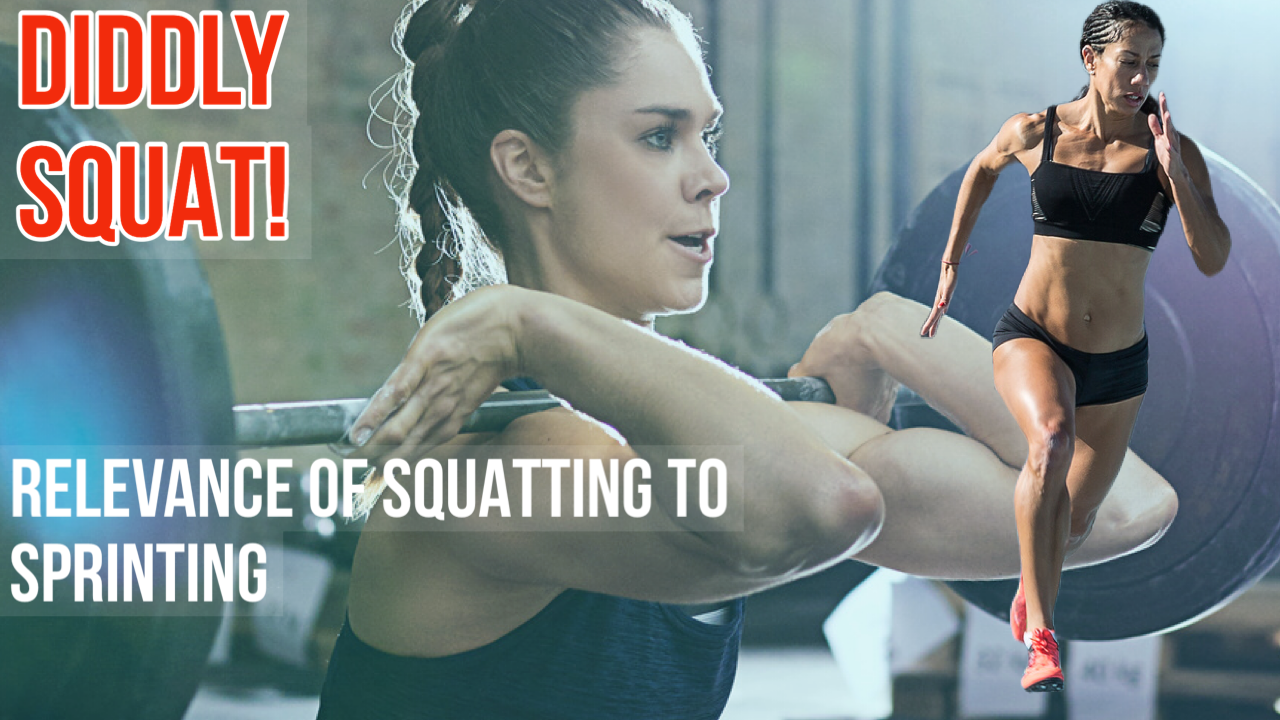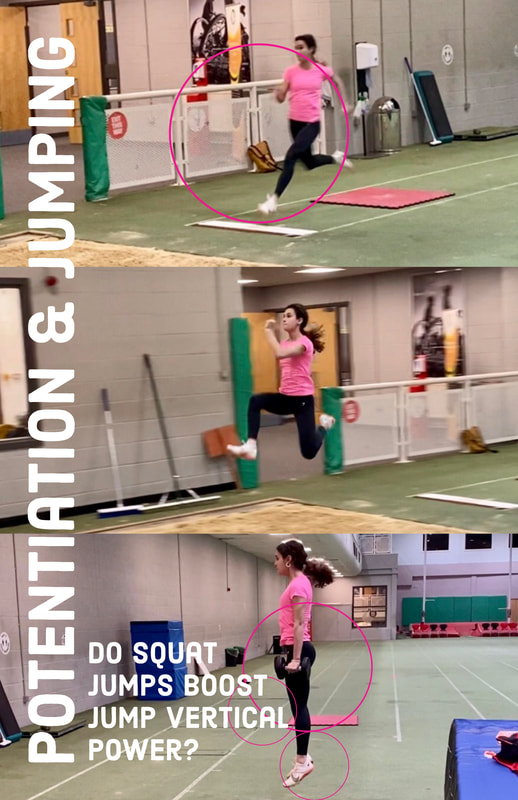|
There were over 35 responses to the video uploaded last week at time of writing this post. See previous post for the video.
There was a huge amount of support more or less for the limited transfer of weights to jumping and sprinting. And recall it's direct transfer that I am talking about. In the video I argued that there were far better ways to achieve this transfer. And again to reiterate I do argue that weights are important in less direct transfer ways (and also that some jumpers may respond better to them than others). Particularly with young jumpers 16-20 years I believe that you will get far more benefits from developing speed and power (via drills and plyos) and by technical mastery. Most argue that in any case to really gain the benefits of weights for improving let's say base power you need to lift heavy weights fast for fast twitch muscle fibre motor unit recruitment Most argue that in any case to really gain the benefits of weights for improving let's say base power you need to lift heavy weights fast for fast twitch muscle fibre motor unit recruitment. This is something that perhaps is not advisable with young athletes maturing. It could of course be argued that too much intense work is equally bad. That's why you need to make sure you have a balanced training programme and one that incorporates lots of pre-conditioning - injury beating drills and other work of which weight training is a part. The main reason why I made the video was because of a well argued criticism of two exercises I use - the power step up and the step back lunge. Of course the transfer of these is limited but I would argue they have more merits than some other weights exercises. If you put anything under the microscope when it comes to jumping transfer you can find fault. The only 100% transfer achieved "drill" for the long jump would be competitive full approach jumps... as I say the "first generational" activity. Then we lose that direct connection as we move through short approaches, plyos and drills to weights. Coaches need to stay close to what the event they coach requires and implement training ingredients (the generational activities) in a well reasoned training programme which will produce results. Often less will be more and very specific work will get very specific results.
0 Comments
In this video I provide you with some information on how to best condition jumping with jumps! There is a focus on the triple jump but the info will be applicable to the long jump and to sprinting.
|
Categories
All
Click to set custom HTML
|
Proudly powered by Weebly






 RSS Feed
RSS Feed
